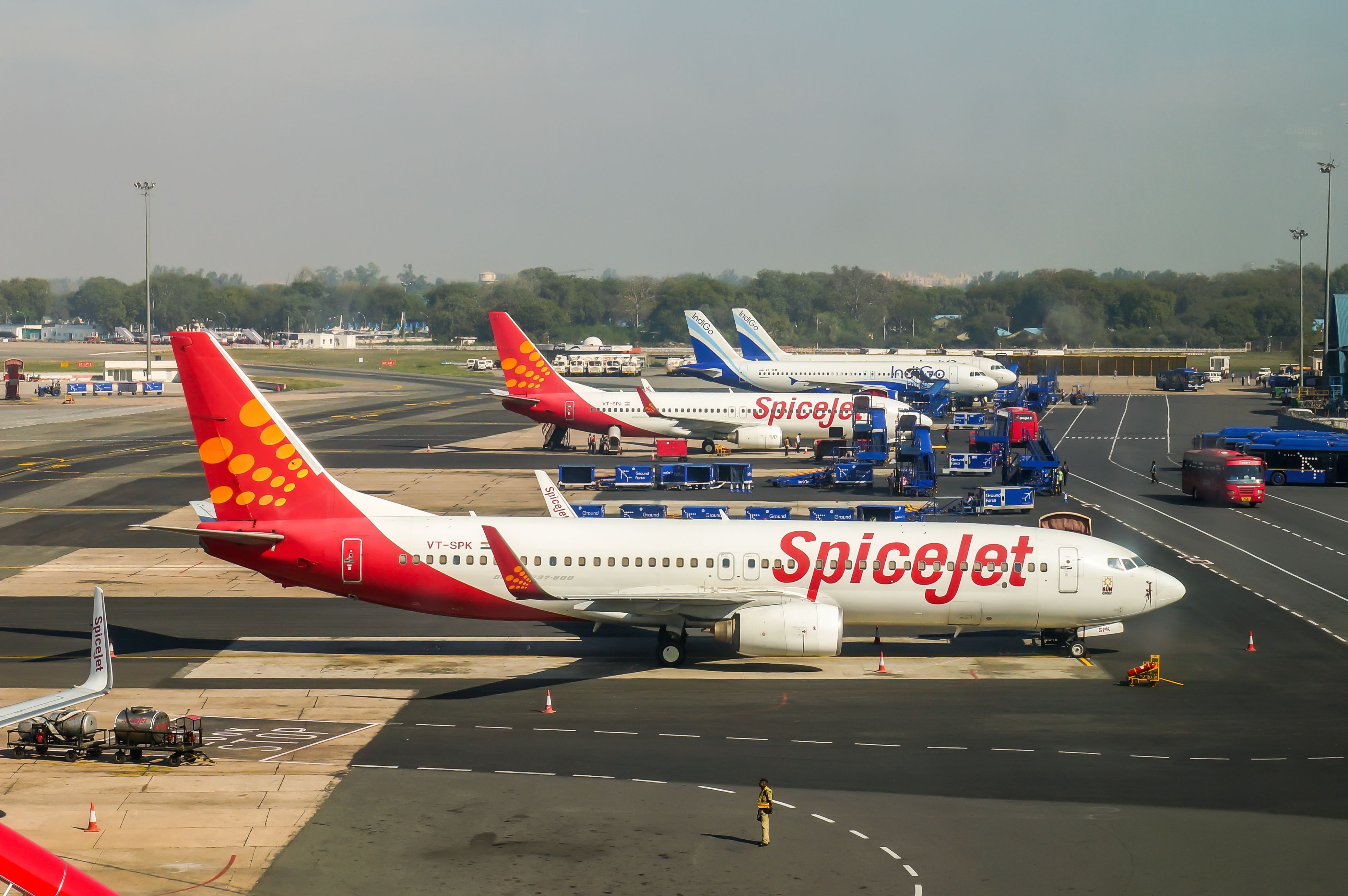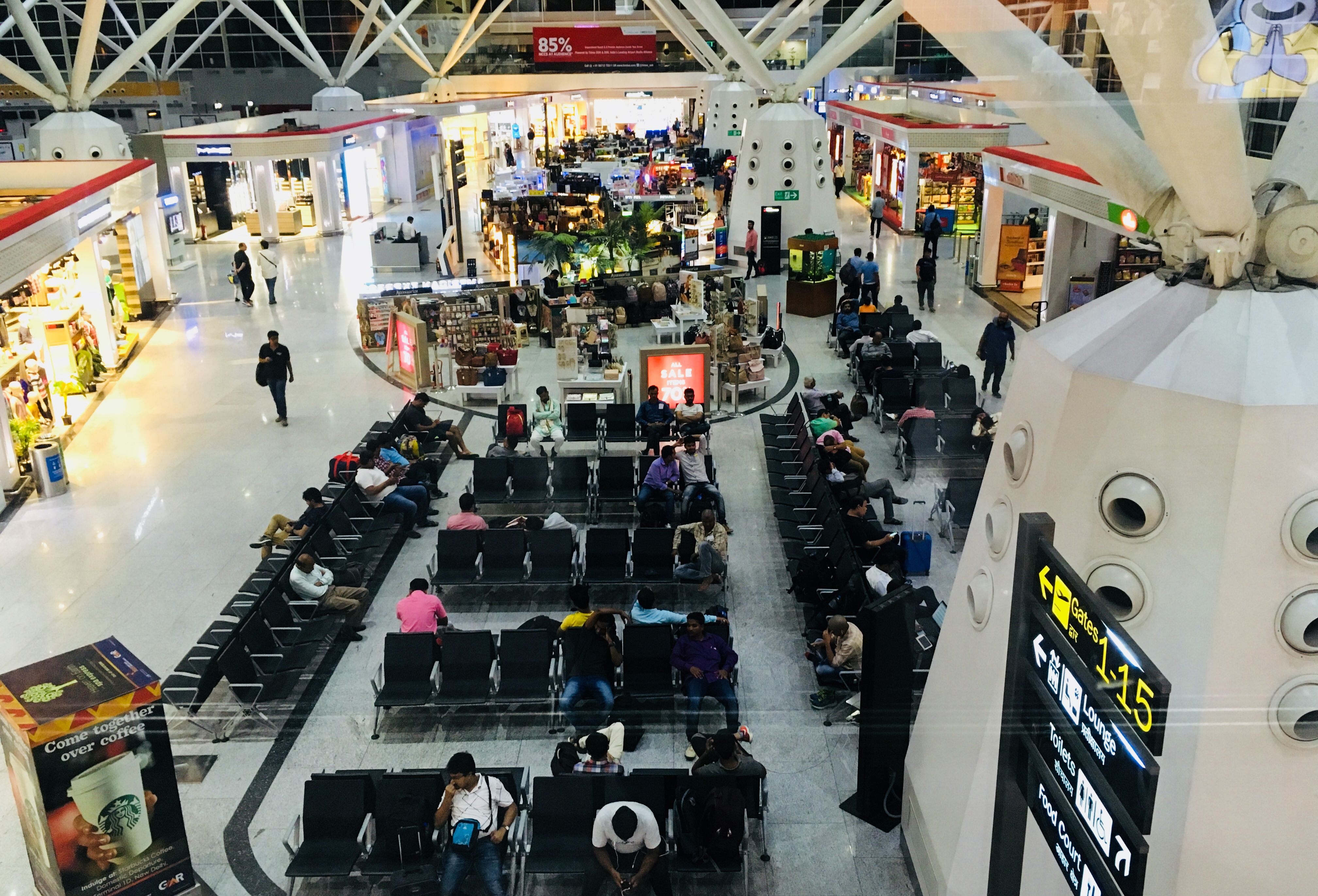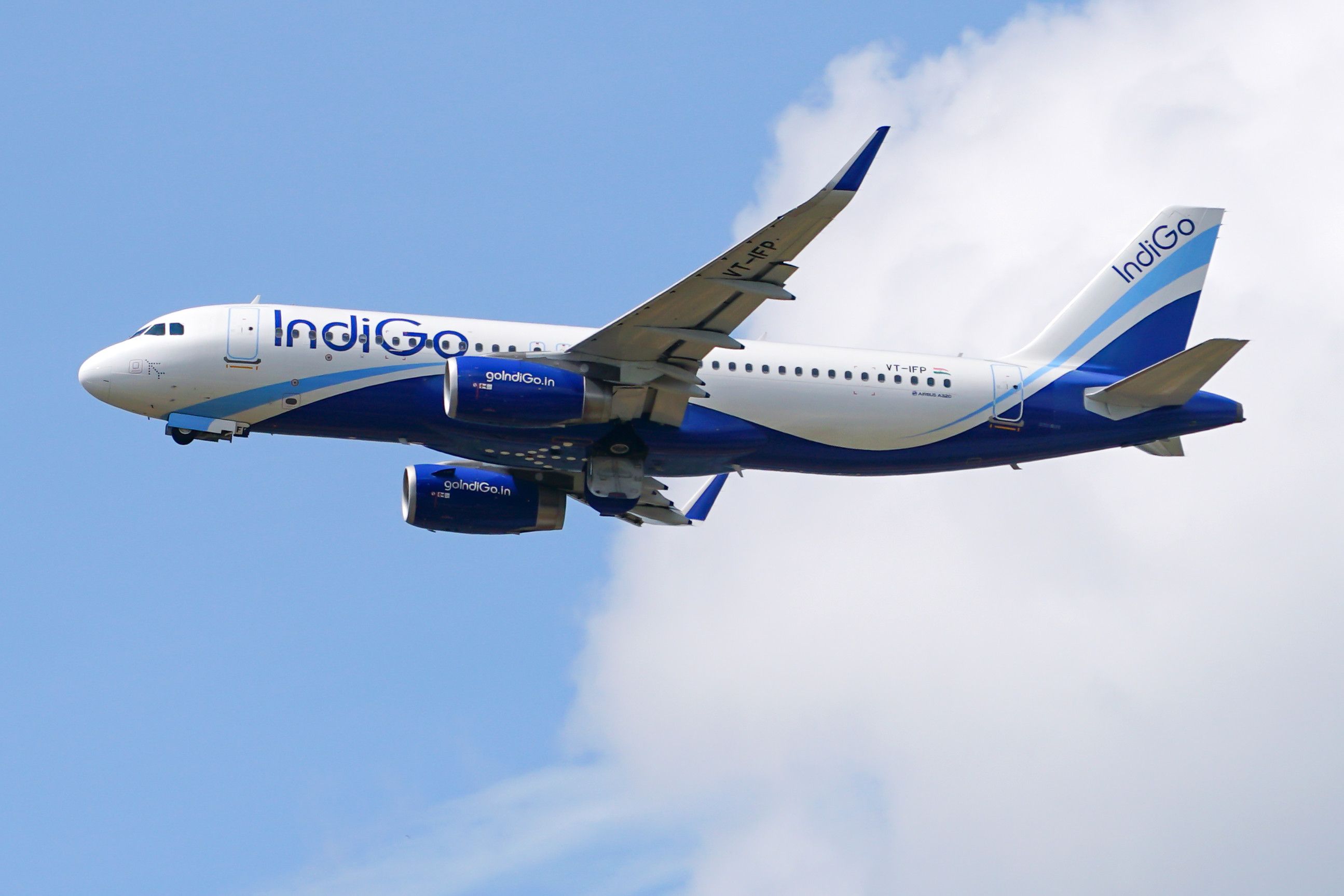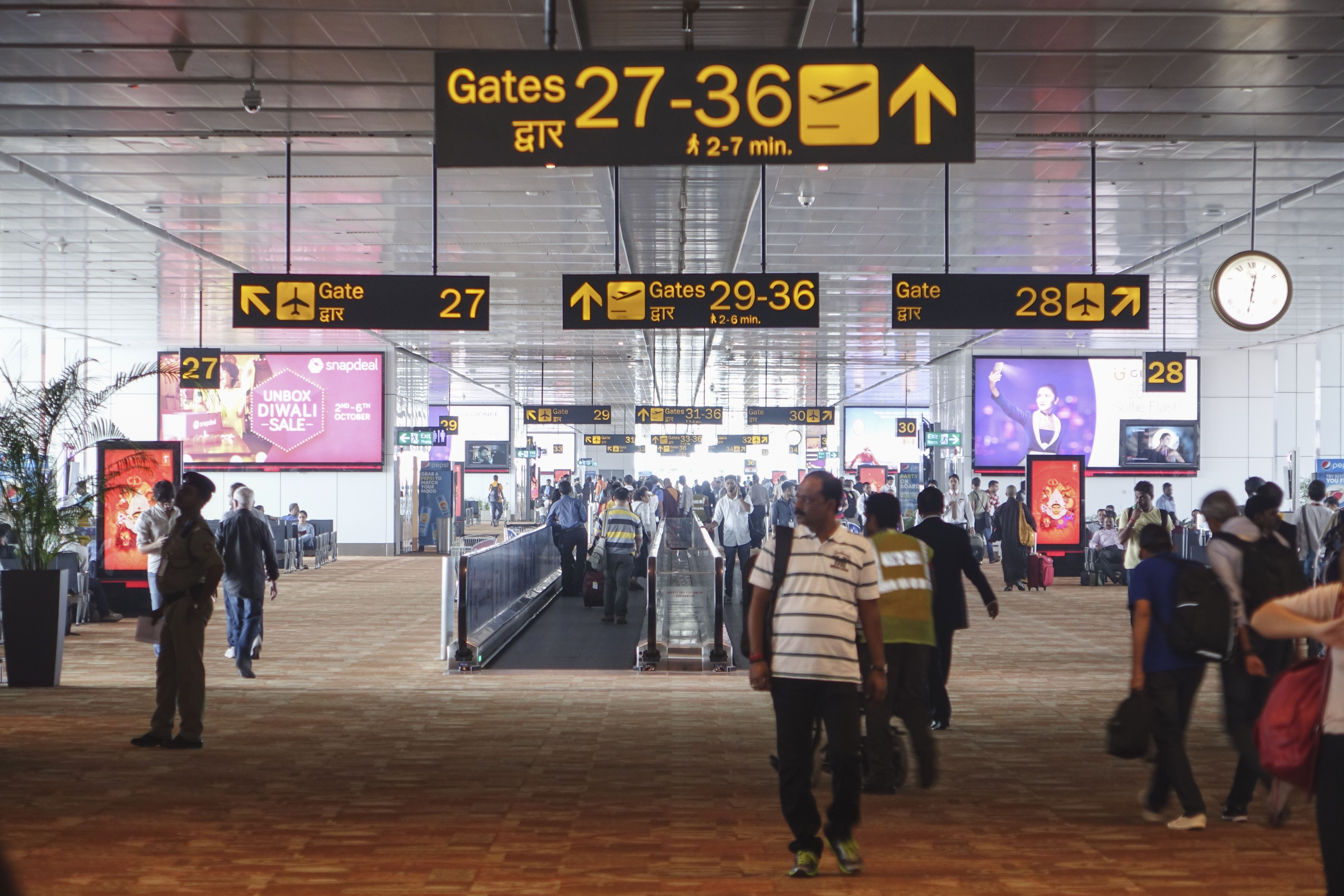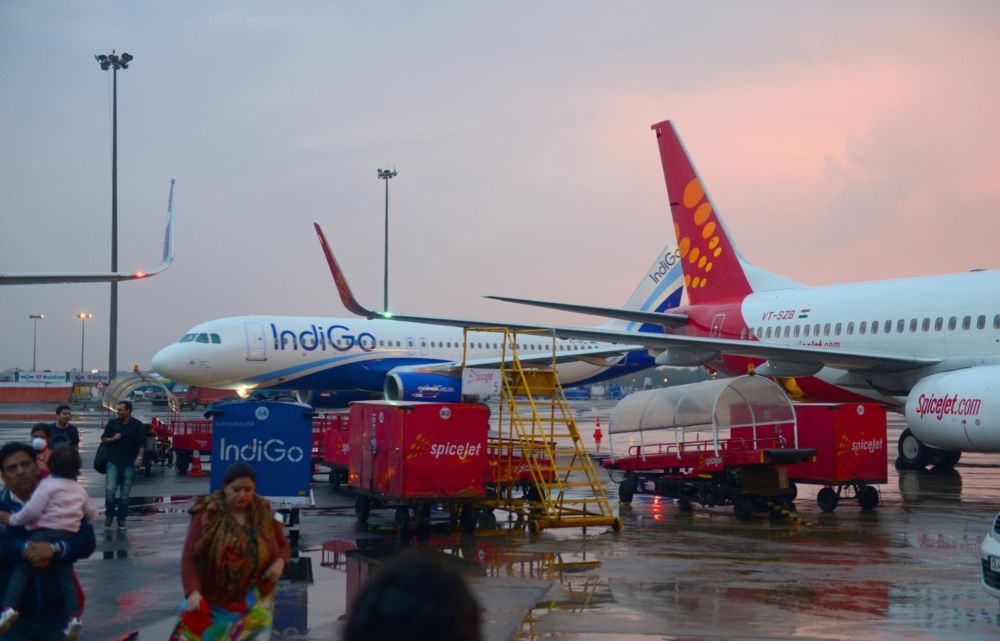With most Indian carriers increasingly operating international flights, particularly out of New Delhi, the need for a second international terminal is becoming stronger. Currently, Terminal 3 handles all international air traffic in and out of the city. While this is convenient for some airlines that handle all their flights (domestic and international) out of T3, others like IndiGo have to divide operations across two or three terminals.
Terminal 1 could handle international flights
New Delhi’s Indira Gandhi International Airport (DEL) could soon get its second international terminal, with IndiGo reportedly asking the airport operator Delhi International Airport Ltd (DIAL) to equip Terminal 1 for international operations.
Get the latest aviation news straight to your inbox: Sign up for our newsletters today.
Currently, IndiGo handles most of its flights from Terminal 1 (T1) at Delhi Airport and some from Terminal 2 (T2). But for its international flights, it has to operate out of Terminal 3 (T3), which is currently the only terminal at the airport to handle international flights. But that could soon change as the expansion of T1 nears completion. The Times of India quotes a source as saying,
“The expansion was planned as an all-domestic terminal. During COVID, work on T1 was slowed down in 2020 and 2021. Subsequently, the rebound in air travel has been beyond what one had anticipated. So, T1 work will be completed as per the origin plan to avoid any delay, given the rise in traffic and, then, clearance will be sought from multiple government agencies concerned to have facilities for international traffic at T1.”
Convenience for airlines and passengers
Delhi airport received a significant facelift in 2010 for the Commonwealth Games when a brand-new Terminal 3 was made operational. Since then, it has been used for international flights as well as domestic operations for full-service airlines, such as Air India, Vistara, and previously Jet Airways and Kingfisher Airlines, while Terminal 1 has been reserved for domestic flights of major low-cost airlines, such as IndiGo, SpiceJet, and Go First.
But things have changed a lot since 2010. Budget carriers are increasingly operating international flights, particularly out of Delhi, and a dedicated terminal that can handle domestic and international operations would be far more convenient for such airlines and their passengers.
IndiGo, for instance, operates flights out of all three terminals in Delhi (T1, T2, and T3). Having single terminal operations would be far more efficient and cost-effective, and passengers are also likely to welcome the move. There have been several instances of passengers reaching the wrong terminal only to make a last-minute dash to catch their flights. And it certainly doesn’t help that T3 is not well-connected with T1.
Check out more Indian aviation news here.
Sources have revealed that the plan is to reserve T3 for the Tata Group airlines (Air India-Vistara, and Air India Express-AirAsia India) and foreign carriers, T1 for Indian budget airlines like IndiGo, and T2 for domestic operations of Indian full-service carriers.
For Delhi airport, which is not only the busiest airport in India, but one of the busiest in Asia and home to giants like IndiGo, it would certainly help to have an additional international terminal. With airlines also pushing for the same, it seems like it’s only a matter of when and not if.
What are your views on this? Please leave a comment below.
Source: The Times of India

